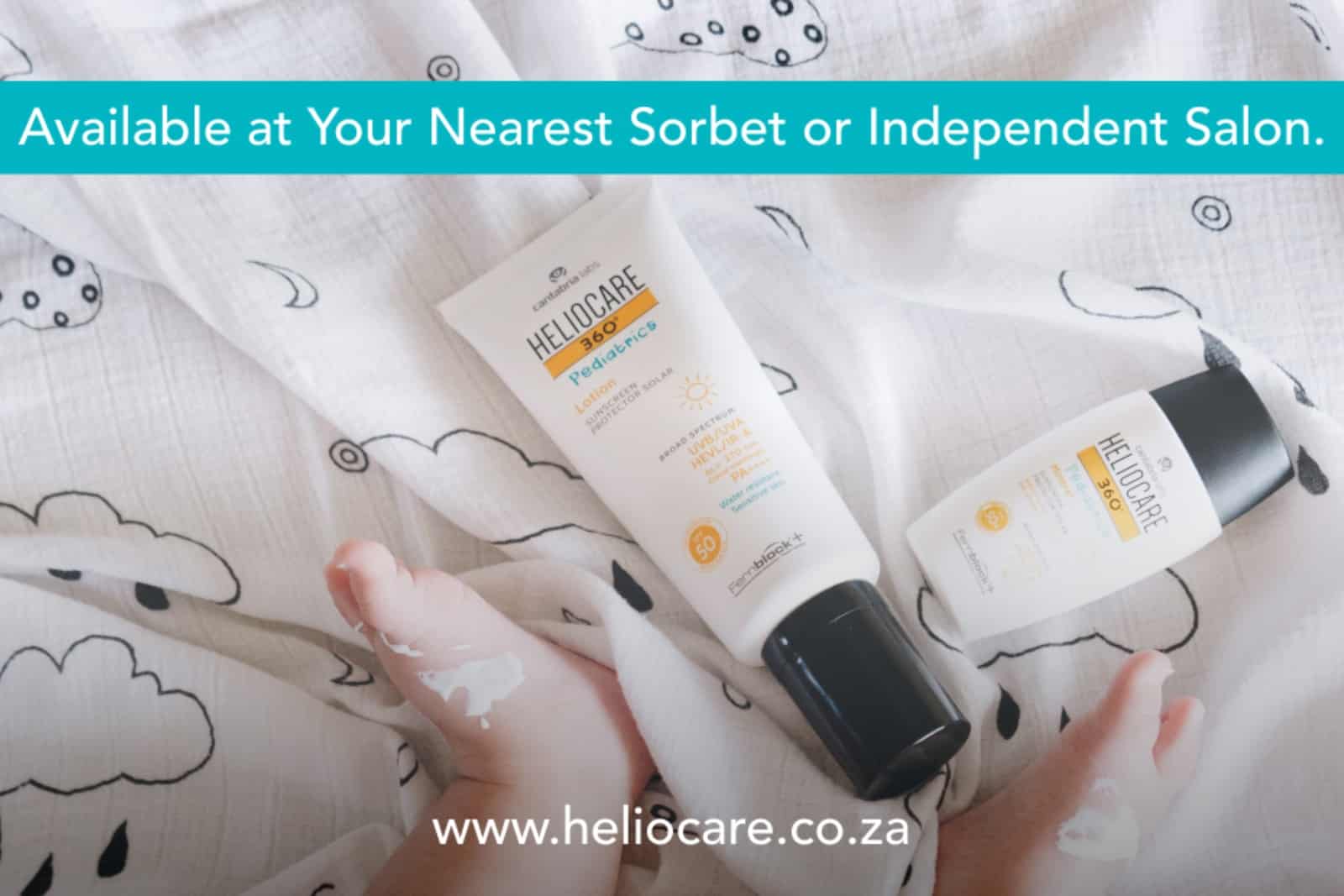As parents we have the responsibility to make sure our children stay safe and protected at all times. This responsibility extends to sun exposure, and choosing the best sunscreen for kids during the long, hot summer months. With weather patterns changing and UV rays increasing in strength, we must be vigilant when we venture out into the sun. Whether at the school playground, in the park or at the beach the sun is always a threat to skin.
The early the better. It’s never too young to apply sunscreen
We all know that sun damage has long term effects, some very hard to reverse. One of these is aging, blotchiness and sun spots. If we want to mitigate these effects in the future, we should start protecting our skin as early as possible. The most important factor about sunscreen at any age is that you use a broad-spectrum sunscreen with a sun protection factor, or SPF, of at least 50.
Start a new routine each morning where you and your child apply sunscreen before going outside. Even a short walk to school can be enough exposure to cause sunburn. Sunscreen also offers long-term benefits like enhanced skin health and protection against annoying acne.
Heliocare 360° Pediatrics range meets the highest photoprotection standards. With Fernblock®+, specific filters and repairing and active antioxidant ingredients, it protects against the 4 types of radiation (UVB, UVA, Visible and Infrared), neutralise and repairs sun damage. They were tested under paediatric, dermatological and ophthalmological control.
The five benefits of choosing the best sunscreen for kids
1. Avoid burnt skin
Suffering from burnt skin is painful, especially for soft sensitive skin. If you go outside without sunscreen it’s highly likely you’ll get sunburnt. Sunburn can weaken skin cells and cause serious symptoms such as:
· Peeling
· Swelling
· Redness
· Itching
To keep your young ones safe from sunburn it’s paramount to apply sunscreen liberally before going outside.
2. Blocks harmful UV rays
While sunlight is necessary for health, such as absorbing Vitamin D, it’s important to remember it can also be harmful. UV rays can damage skin on cloudy or rainy days too. Apply sunscreen to block harmful rays from penetrating your child’s skin, or have them wear long-sleeved clothing in light colours to decrease exposure.
3. Fights against acne
For tweens and teens who may start to experience acne, sun exposure can worsen the damage. Kids with unblemished skin can also face uneven colour tones, redness, and inflammation after exposure to too much sun.
Remember that some acne medications can heighten the skin’s sensitivity, making it more prone to sunburn. If it’s especially hot outside, try to limit your child’s time in the sun, especially during peak daylight hours.
4. Enhances overall skin health
Your skin’s health is determined by essential proteins such as collagen, elastin, and keratin, all of which can be zapped by sun exposure. A high-quality sunscreen will protect these proteins, leaving skin smooth and radiant. In the summer, choose a sunblock with a sun protection factor (SPF) of 50 or higher. Use enough to cover all exposed areas, including lips, and ears.
5. Prevents skin cancer
Reducing exposure to the sun and applying sunscreen can prevent skin cancer like melanoma. Getting a sunburn just once every two years can triple your risk for developing the disease.
Sometimes we are unable to even feel the UV rays that harm our skin, but they can do long-term damage even on cool, cloudy days. Take steps to protect your child’s skin and reduce risk in the future through a combination of hats, long-sleeved clothing, and high-quality sunscreen.
Ask your dermatologist about what sunscreen is best for kids and which type of sunscreen will work best with your skin type. Those who live in warmer climates should look for lotions with a higher SPF, which offers more protection. You can also reduce exposure by limiting your time outdoors and wearing long-sleeved clothing and a sun hat when it’s cool. The most important thing is to stay safe while enjoying the great outdoors.




